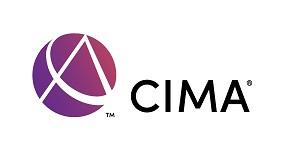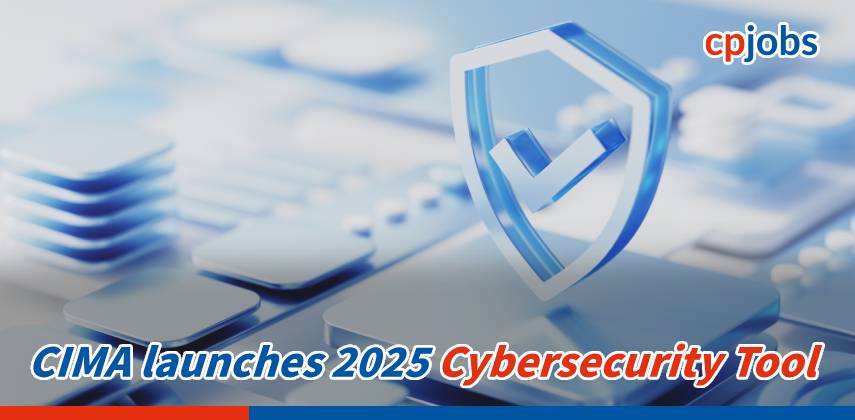The CIMA® Case Study exams are the final capstone exams of each level of the CIMA Professional Qualification, which students must pass to gain the CGMA® designation. We explore four tips to help you prepare for the exams.
1) Understand the three Case Study levels.
Each Case Study exam lasts three hours, with multiple tasks of equal lengths. There is a natural progression to the levels — Operational, Management and Strategic — that simulate how work as a management accountant progresses. To reach the Case Study level, you will have already passed the Objective Tests, which focus on ensuring that you have acquired the knowledge and skills for each pillar. Case Study exams are more about interpreting data and require practical answers to practical questions and simulate real-life business scenarios.
Operational Case Study (OCS)
- Focus — The short-term role of the finance officer and the implementation of decisions
- Skills you need to convey — How to work with others in the organisation and use appropriate data and technology to translate medium-term decisions into short-term actionable plans
- Stats — Three-hour exam containing four tasks related to the enterprise, performance, and financial pillars; allotted 45 minutes per task, each task has two to three sub-tasks
Management Case Study (MCS)
- Focus — The role of the finance manager involves translating long-term decisions into medium-term plans
- Skills you need to convey — How to use data and relevant technology to manage organisational and individual performance; allocate resources to implement decisions; monitor and report the implementation of decisions; prepare and interpret financial statements to show performance
- Stats — Three-hour exam containing four tasks related to the enterprise, performance, and financial pillars; allotted 45 minutes per task, each task has two to three sub-tasks
Strategic Case Study (SCS)
- Focus —The role of the senior finance manager entails long-term strategic decision-making
- Skills you need to convey — How to support organisational leaders to craft strategy and evaluate and manage risks that might prevent the successful implementation of strategy, including sourcing financial resources; value the organisations
- Stats — Three-hour exam containing three tasks related to the enterprise, performance, and financial pillars; allotted 1-hour per task, each task has two to three sub-tasks
2) Understand the Case Study exam cycle.

Copyright: BPP
3) Understand the pre-seen materials.
Pre-seen materials — known as ‘preseens’ — are background information about the fictitious organisation featured in the Case Study exam. This information forms the basis of the tasks you can expect to see in the exam. The preseen tells the story of the company, including the industry and context in which it operates, its financial statements, management accounts, markets and competitors. Preseens are usually 26–30 pages long. Key tips include:
- Be ready — Familiarise yourself with the company, industry and current events.
- Analyse — Perform an analysis such as strengths, weaknesses, opportunities and threats (SWOT) or political, economic, social and technological (PEST); review financial statements and reporting issues. The end of the preseen will contain live issues regarding what is happening in the industry. For instance, a new standard may have come out that will change reporting standards from the current year to the next and that the Case Study exam must address.
- Cross-reference with the blueprint — Being able to know what you can do is critical. Can you discuss finance options, dividend policy or evaluate digital strategies?
Tackling “I can” from each of the core activities in each of the sections is necessary for success. For instance:
- I can identify relevant costs and benefits.
- I can advise on the communication process.
- I can recommend a dividend policy.
- I can use appropriate technologies to gather data for costing purposes, from digital and other sources.
Have a broad syllabus knowledge and know your company intrinsically. You become the person when you role-play the exam. Avoid prefabricated answers, as the exam will have details not included in the preseens. Your answers have to be relevant to the question.
4) Plan your exam approach.
- Manage your time — If you can complete a section early, that time does not get applied to the next section. We suggest spending all of your allotted time within the section.
- Keep your answers real and relevant — Remember this is a role-based exam; identify one or more factors that might be relevant, then explain why that approach would be relevant. The more tangible details you provide, the higher you are likely to score. Do not offer irrelevant arguments for the sake of padding your answers. Aim for neat, discreet paragraphs.
- Understand the scoring — People mark the exams, and the pass rate is 60%. Even though a scale is scored 80 out of 150, 60% is the pass rate. The sub-tasks will be weighted differently. Each case will contain tasks from all five of the core activities:
- Evaluate opportunities to add value.
- Implement senior management decisions.
- Manage performance and costs to aid value creation.
- Measure performance.
- Manage internal and external stakeholder.
- Scoring example

Copyright: BPP
“For a 12-mark answer, it might be possible to identify, say, four issues. A candidate who aims to write about four topics only has to score three marks for each to obtain full marks.” – MCS Examiner
You have all the tools you need to do well on the CIMA Case Study exams. From all of us at the Association, we wish you the very best for your next Case Study exam.
The content of this article is based on a Case Study Masterclass webinar delivered by CIMA and BPP in November 2020.
By Mark Foley, Director of Relationship Programmes – Management Accounting at the Association of International Certified Professional Accountants, representing AICPA & CIMA






